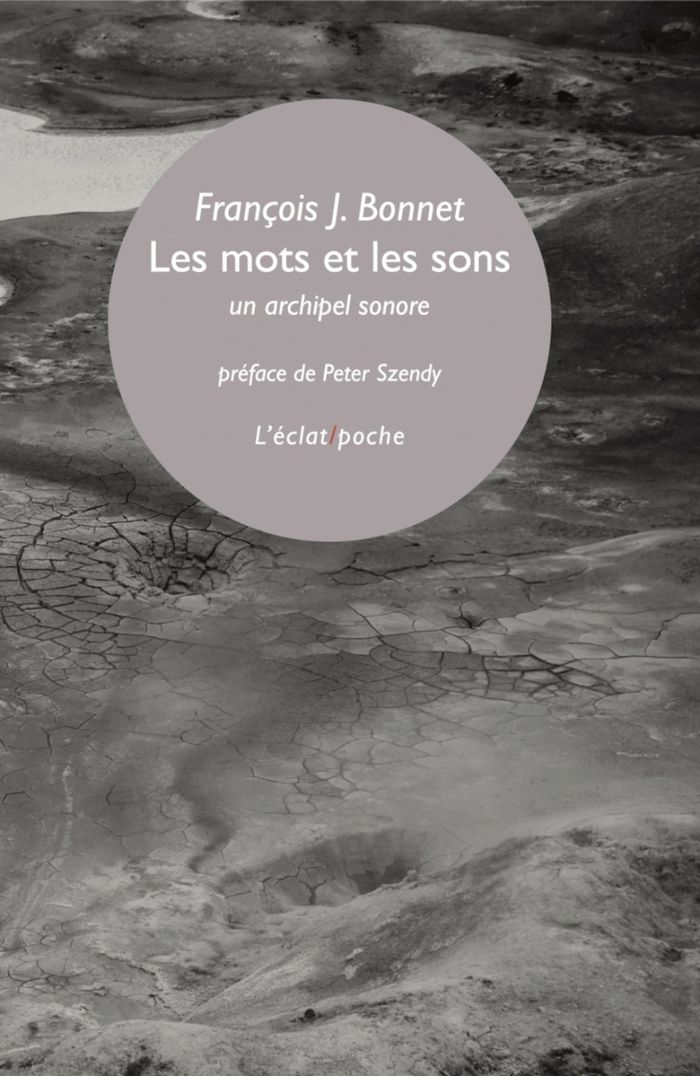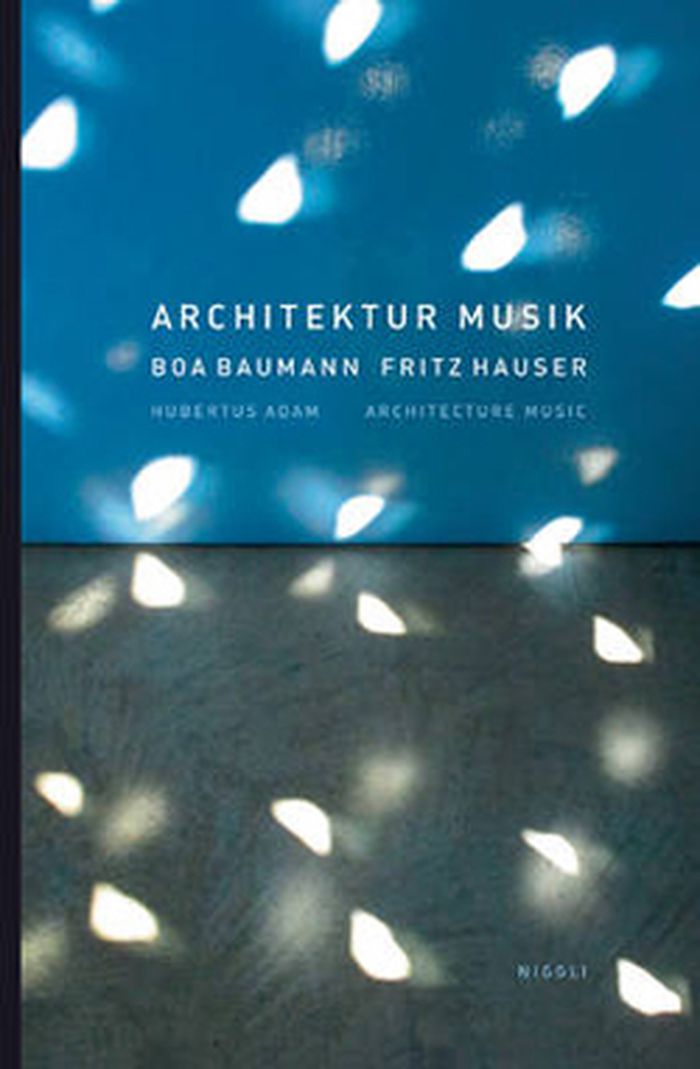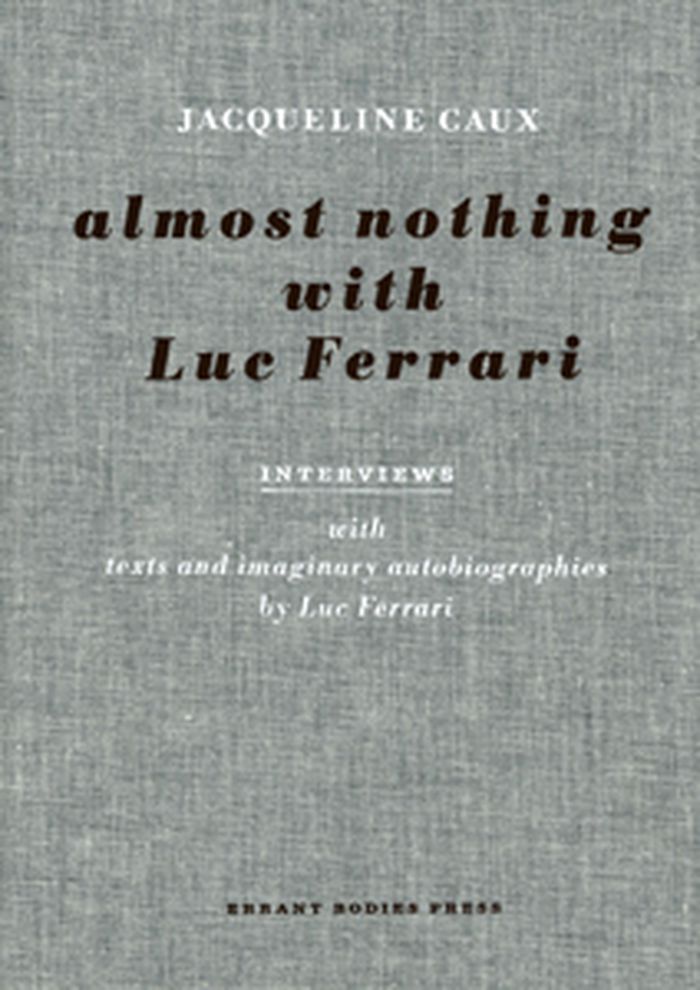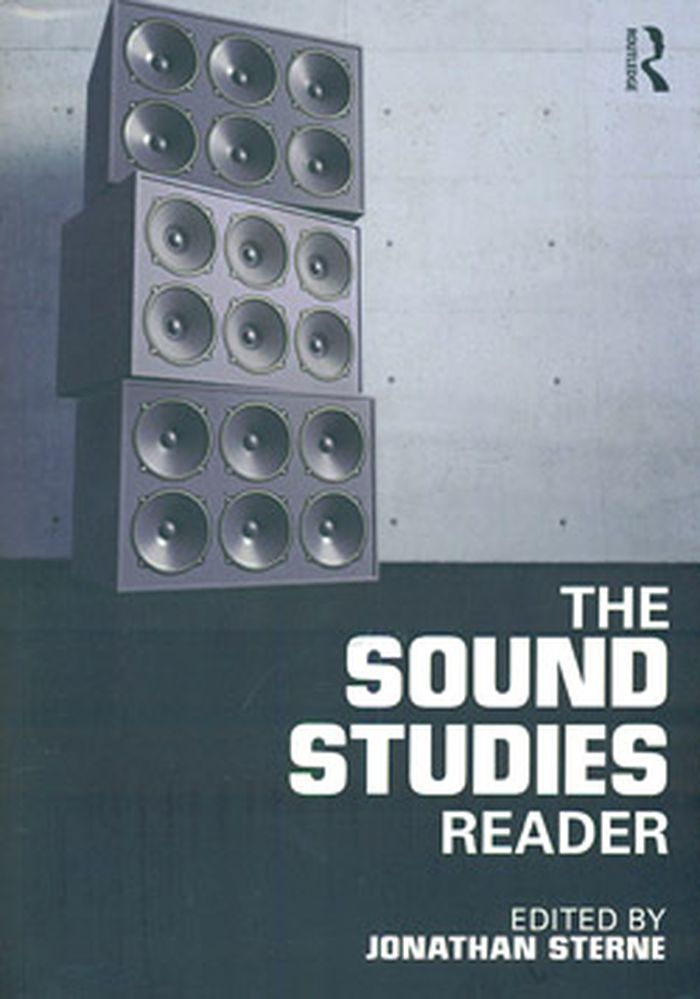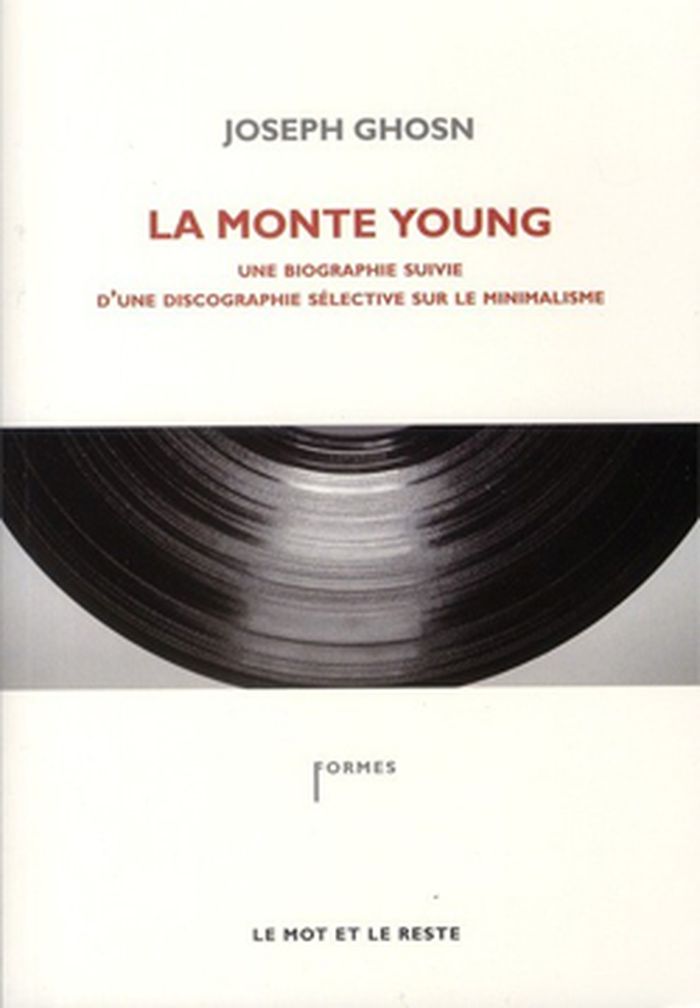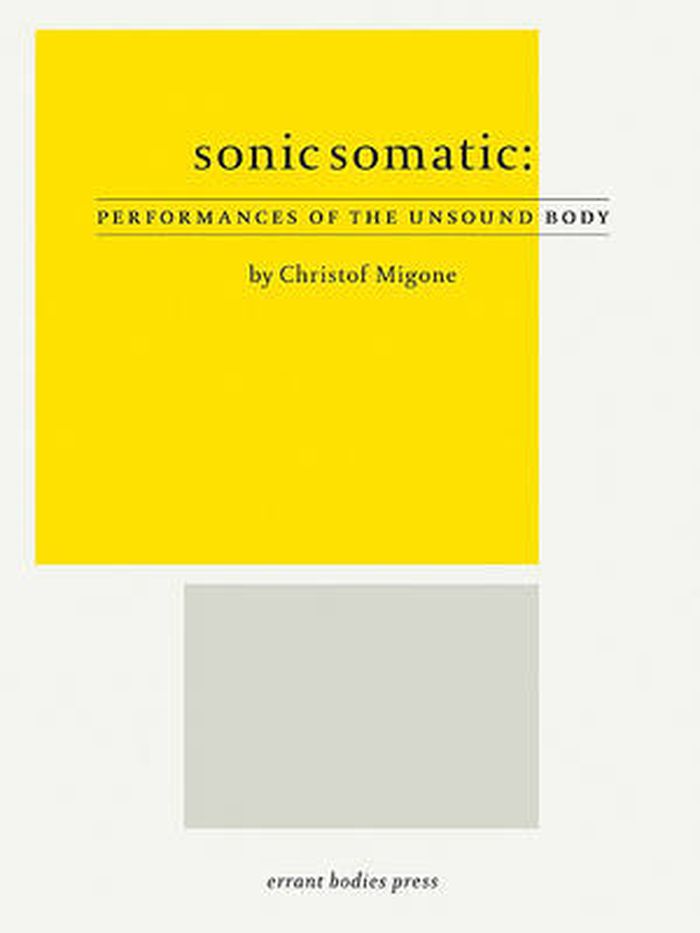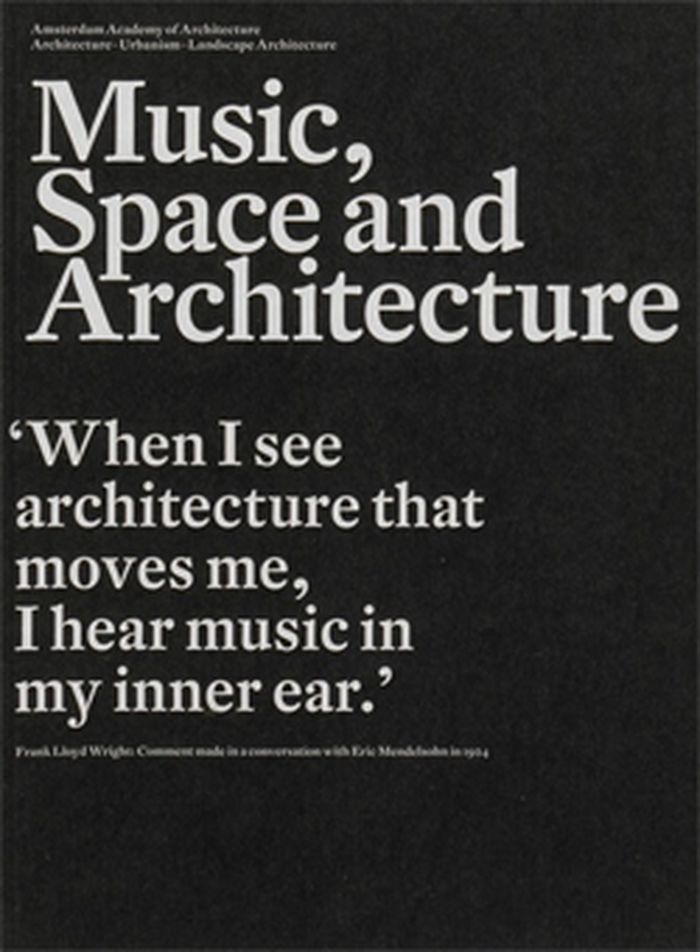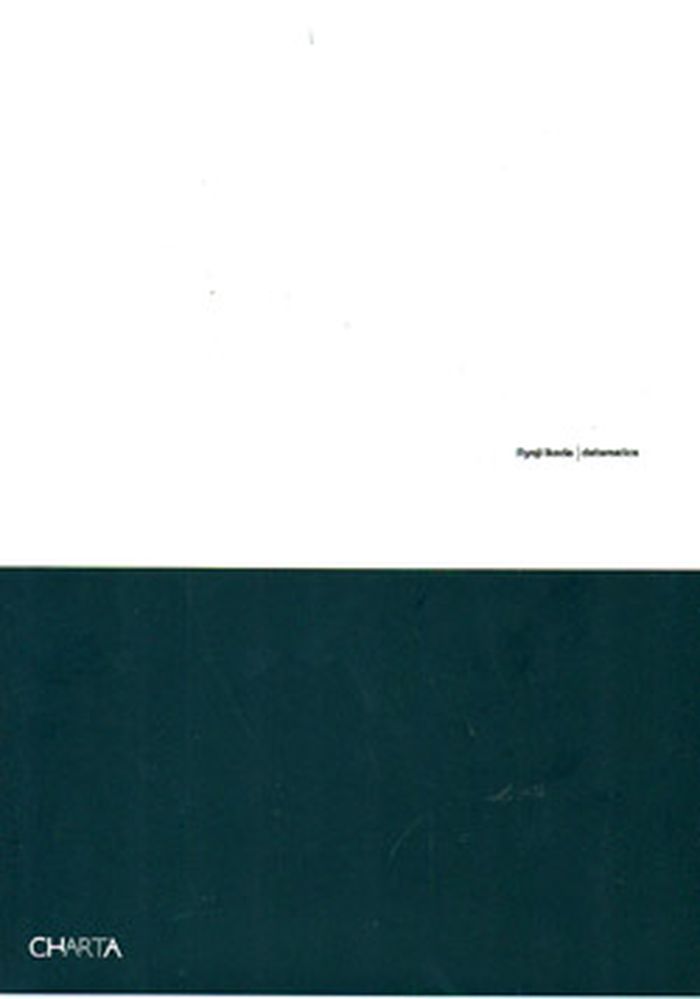$18.95
(disponible sur commande)
Résumé:
Dire le 'sonore' a été une des gageures de l’écriture esthétique et, au XXe siècle, on aura plus largement insisté sur la structure et la forme, au détriment de la sensation, en affirmant la toute-puissance du discours. Mais il suffit de porter l’oreille à une conque marine pour que le son de la mer qu’on y entend, ébranle les édifices, mette à bas les échafaudages(...)
Les mots et les sons : Un archipel sonore
Actions:
Prix:
$18.95
(disponible sur commande)
Résumé:
Dire le 'sonore' a été une des gageures de l’écriture esthétique et, au XXe siècle, on aura plus largement insisté sur la structure et la forme, au détriment de la sensation, en affirmant la toute-puissance du discours. Mais il suffit de porter l’oreille à une conque marine pour que le son de la mer qu’on y entend, ébranle les édifices, mette à bas les échafaudages rhétoriques de « ce qu’entendre veut dire ». Dans ce livre, François J. Bonnet explore les voix fantômes, l’inframince du son, le sampling, la phonographie et les résonances dont notre univers est peuplé et qui échappent aujourd’hui à la forme traditionnelle de l’écoute. Il ouvre sur des archipels sonores inouïs, éphémères et précaires comme les TAZs (Zones autonomes temporaires), mais riches de nouvelles expériences d’écoute, propres à éduquer nos oreilles à mieux entendre l’imperceptible.
Acoustique
$94.95
(disponible sur commande)
Résumé:
The internationally acclaimed team of architect Boa Baumann and musician/cross-media artist Fritz Hauser has worked together for two decades exploring the tension and interaction between music and architecture. This monograph recounts the story of their collaboration and the environmental installations that result. Active in the areas of improvised music, radio play, film(...)
Architecture music: Boa Baumann and Fritz Hauser
Actions:
Prix:
$94.95
(disponible sur commande)
Résumé:
The internationally acclaimed team of architect Boa Baumann and musician/cross-media artist Fritz Hauser has worked together for two decades exploring the tension and interaction between music and architecture. This monograph recounts the story of their collaboration and the environmental installations that result. Active in the areas of improvised music, radio play, film music, theatre and sound installation, Hauser is a percussionist who is one of Switzerland’s most diverse musicians. He and Baumann have created spaces and performed in New York, Melbourne and throughout the world. Author Hubertus Adam interviews Baumann, Hauser and others, and fashions a narrative text enhanced by large-format images by artists Andreas Fahrni, Christian Lichtenberg and Isabel Bürgin.
Acoustique
$25.00
(disponible sur commande)
Résumé:
Perhaps the only postwar classical composer to invest avant-garde music with overt eroticism, Luc Ferrari (1929-2005) was one of France's leading composers of the twentieth century, relentlessly experimental while always preserving his keen sense of humor. Ferrari was a first-generation exponent of musique concrète, and made brilliant use of field recordings to develop(...)
Almost nothing with Luc Ferrari
Actions:
Prix:
$25.00
(disponible sur commande)
Résumé:
Perhaps the only postwar classical composer to invest avant-garde music with overt eroticism, Luc Ferrari (1929-2005) was one of France's leading composers of the twentieth century, relentlessly experimental while always preserving his keen sense of humor. Ferrari was a first-generation exponent of musique concrète, and made brilliant use of field recordings to develop sensual, proto-ambient narrative that he termed "anecdotal music" or "cinema for the ear." Perhaps the most notorious instance of this approach was Danses Organiques (1973), for which Ferrari recorded the meeting and sexual encounter of two young women, cut with other ambient and music sound. In his final decades Ferrari was championed by David Grubbs (of Gastr del Sol), who brought his music to a postrock audience. Almost Nothing is the first publication on this composer. It alternates Jacqueline Caux's interviews with 14 "imaginary autobiographies" by the composer, offering a lively account of new music's most revolutionary era.
Acoustique
A brief history of new music
$29.95
(disponible sur commande)
Résumé:
Hans Ulrich Obrist’s interviews map the evolution of the new music in Europe and America across all of its genres, from musique concrète to the recent hybridizations between pop and avant-garde, as techniques from both realms cross-pollinate. A Brief History of New Music is an ideal introduction to the experimental and new classical music of the past half-century.
A brief history of new music
Actions:
Prix:
$29.95
(disponible sur commande)
Résumé:
Hans Ulrich Obrist’s interviews map the evolution of the new music in Europe and America across all of its genres, from musique concrète to the recent hybridizations between pop and avant-garde, as techniques from both realms cross-pollinate. A Brief History of New Music is an ideal introduction to the experimental and new classical music of the past half-century.
Acoustique
The Sound Studies Reader
$49.50
(disponible sur commande)
Résumé:
The Sound Studies Reader is a groundbreaking anthology blending recent work that self-consciously describes itself as 'sound studies' with earlier and lesser known scholarship on sound. The collection begins with an introduction to welcome novice readers to the field and acquaint them with key themes and concepts in sound studies. Individual section introductions give(...)
The Sound Studies Reader
Actions:
Prix:
$49.50
(disponible sur commande)
Résumé:
The Sound Studies Reader is a groundbreaking anthology blending recent work that self-consciously describes itself as 'sound studies' with earlier and lesser known scholarship on sound. The collection begins with an introduction to welcome novice readers to the field and acquaint them with key themes and concepts in sound studies. Individual section introductions give readers further background on the essays and an extensive up to date bibliography for further reading in 'sound studies' make this an original and accessible guide to the field.
Acoustique
$29.95
(disponible sur commande)
Résumé:
Cette musique déroule le temps lentement, se déplie et se déploie, mais ne se feuillette pas à la légère. Et elle est essentiellement un exercice de solitaire, ou en tout cas une musique que l’on écoute à la maison le plus souvent seul et lorsque l’on voudrait voir la nuit tomber très vite. Impossible de la faire tenir dans un ipod, impossible non plus d’en parler dans(...)
La Monte Young : une biographie suivie d'une discographie sélective sur le minimalisme
Actions:
Prix:
$29.95
(disponible sur commande)
Résumé:
Cette musique déroule le temps lentement, se déplie et se déploie, mais ne se feuillette pas à la légère. Et elle est essentiellement un exercice de solitaire, ou en tout cas une musique que l’on écoute à la maison le plus souvent seul et lorsque l’on voudrait voir la nuit tomber très vite. Impossible de la faire tenir dans un ipod, impossible non plus d’en parler dans les dîners mondains. Essayez d’expliquer à votre voisin de table ou de bureau que vous écoutez un disque de La Monte Young, il commencera par ne pas vous comprendre, vous demander de répéter ce nom étrange, pour finir par se dire que vous n’êtes sans doute pas tout à fait normal. Ce qu’il ignore, c’est qu’au-delà de La Monte Young, existe un univers foisonnant de musiciens anxieux et avides de créer une musique suspendue, tenue longtemps, lentement, qui prend son temps.
Acoustique
$42.95
(disponible sur commande)
Résumé:
Des futuristes des années 1910 aux réductionnistes à l’amorce des années 2000, l’histoire de la musique du vingtième siècle (et du vingt-et-unième naissant) aura été marquée par l’idée d’expérimentation. Celle-ci, et pas seulement dans l’avant-garde, paraît s’être exprimée dans tous les domaines apparus alors, qu’il s’agisse entre autres de la musique électroacoustique,(...)
Musiques expérimentales : une anthologie transversale d'enregistrements emblématiques
Actions:
Prix:
$42.95
(disponible sur commande)
Résumé:
Des futuristes des années 1910 aux réductionnistes à l’amorce des années 2000, l’histoire de la musique du vingtième siècle (et du vingt-et-unième naissant) aura été marquée par l’idée d’expérimentation. Celle-ci, et pas seulement dans l’avant-garde, paraît s’être exprimée dans tous les domaines apparus alors, qu’il s’agisse entre autres de la musique électroacoustique, du jazz (quand celui-ci s’est dit « free » par exemple) ou du rock (qu’il ait été « kraut » dans les années 1970 en Allemagne, « en opposition » au milieu des mêmes années en Europe, ou encore « bruitiste » au Japon dans les années 1990). Comme si la musique, quand elle souhaite échapper à l’intimidation dominante, devait perpétuellement s’inventer afin de continuer à être. Voilà l’histoire que raconte cette anthologie, au travers d’indomptables réfractaires à toute forme d’académisme.
Acoustique
$25.00
(disponible sur commande)
Résumé:
In Sonic Somatic, the sound artist and theorist Christof Migone looks at sound art's overlap with other disciplines through its particular uses of articulation. Articulation is explored here in all of its guises: its negation as silence, its interruption in stuttering and its somatic ramifications in the human body. Migone looks at French playwright and poet Antonin(...)
Sonic somatic: performances of the unsound body
Actions:
Prix:
$25.00
(disponible sur commande)
Résumé:
In Sonic Somatic, the sound artist and theorist Christof Migone looks at sound art's overlap with other disciplines through its particular uses of articulation. Articulation is explored here in all of its guises: its negation as silence, its interruption in stuttering and its somatic ramifications in the human body. Migone looks at French playwright and poet Antonin Artaud's writings, with their implications of strangled speech and glossolalia; American composer Alvin Lucier's groundbreaking 1969 recording “I Am Sitting in a Room”; Erik Satie's looped composition “Vexations”; Marina Abramovic's confrontational performance “Rhythm 0”; Adrian Piper's “Untitled Performance for Max's Kansas City”; Herman Melville's short story “Bartleby, the Scrivener”; Bob Connolly and Robin Anderson's documentary film First Contact; and of course the work that most looms over this topic: John Cage's paradigm-shifting 1952 composition “4'33” .”
Acoustique
$48.95
(disponible sur commande)
Résumé:
The relationship between architecture and music has a long and difficult history. The subject is usually examined from the perspective of one particular discipline or the other. Music, Space and Architecture offers a multidisciplinary approach. Contributors raise the question of how does sound (and music) influence the atmosphere of a building and visa versa. What makes(...)
Music, space and architecture
Actions:
Prix:
$48.95
(disponible sur commande)
Résumé:
The relationship between architecture and music has a long and difficult history. The subject is usually examined from the perspective of one particular discipline or the other. Music, Space and Architecture offers a multidisciplinary approach. Contributors raise the question of how does sound (and music) influence the atmosphere of a building and visa versa. What makes the perfect music hall?
Acoustique
Ryoji Ikeda: datamatics
$47.50
(disponible sur commande)
Résumé:
One of Japan’s leading electronic composers, Ryoji Ikeda (born 1966) manipulates sound in various “raw” states, often using frequencies at the very limits of human hearing. Occupying a unique soundworld between ambient electronica, sinewave noise and glitch beats, Ikeda’s music has expanded into art contexts more extensively than any of his contemporaries. Datamatics is a(...)
Ryoji Ikeda: datamatics
Actions:
Prix:
$47.50
(disponible sur commande)
Résumé:
One of Japan’s leading electronic composers, Ryoji Ikeda (born 1966) manipulates sound in various “raw” states, often using frequencies at the very limits of human hearing. Occupying a unique soundworld between ambient electronica, sinewave noise and glitch beats, Ikeda’s music has expanded into art contexts more extensively than any of his contemporaries. Datamatics is a long-term art project that explores our reception of miniscule audio and visual data. Developed between 2006–2012, it consists of an audiovisual concert, installations, publications, a radio program and a CD. This book documents most of the works from the series, emphasizing three major Datamatics exhibitions presented in Yamaguchi (Japan 2008), Bogota (Columbia 2011) and Gijon (Spain 2012). Alongside graphic material relating to the production processes such as data sources, graphic scores and technical diagrams, the book also includes texts by curators Kazunao Abe, Maria Belen Sez de Ibarra and Benjamin Weil.
Acoustique
